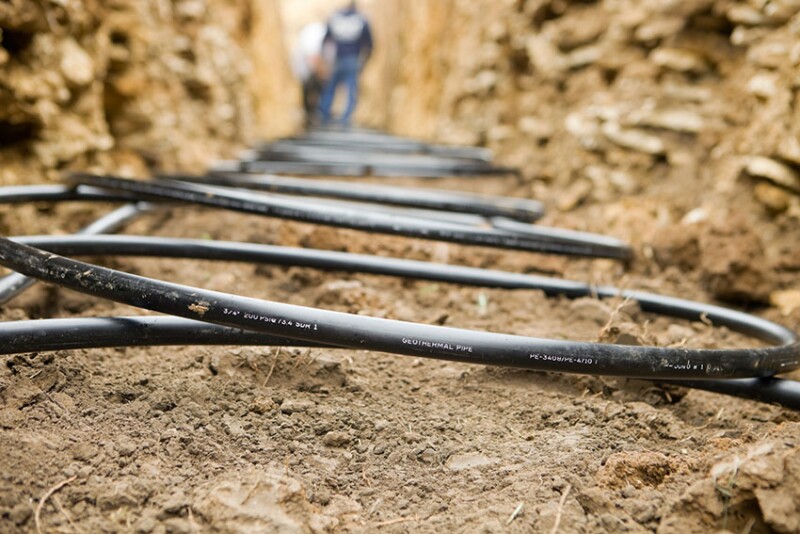地热储层是最清洁的可再生能源之一,有望应对全球能源挑战。然而,地热储层开发的一个主要问题是找到最适合压力瞬态分析 (PTA) 的分析方法。这是因为地热储层不满足预测油气储层 PTA 的假设。在整篇论文中,通过将注入冷水的温度从室温改变到地热储层温度,研究了冷水注入对地热储层PTA的影响。
介绍
从地球提取热能的主要方法是注入水。冷水被注入2-4.5公里深处的地热储层深处。

地热储层是最清洁的可再生能源之一,有望应对全球能源挑战。然而,地热储层开发的一个主要问题是找到最适合压力瞬态分析 (PTA) 的分析方法。这是因为地热储层不满足预测油气储层 PTA 的假设。在整篇论文中,通过将注入冷水的温度从室温改变到地热储层温度,研究了冷水注入对地热储层PTA的影响。
从地球提取热能的主要方法是注入水。冷水被注入2-4.5公里深处的地热储层深处。

Geothermal reservoirs are one of the cleanest renewable sources of energy poised to address the global energy challenge. A major issue in the exploitation of geothermal reservoirs, however, is to find best-fit analytical methods for pressure transient analysis (PTA). This is because the assumptions made to predict PTA in hydrocarbon reservoirs are not satisfied by geothermal reservoirs. In the complete paper, the effect of cold-water injection on PTA of geothermal reservoirs is studied by varying the temperature of the injected cold water from room temperature to reservoir temperature.
A major method of extracting heat energy from the Earth is the injection of water. Cold water is injected deep into geothermal reservoirs at a depth of 2–4.5 km.
